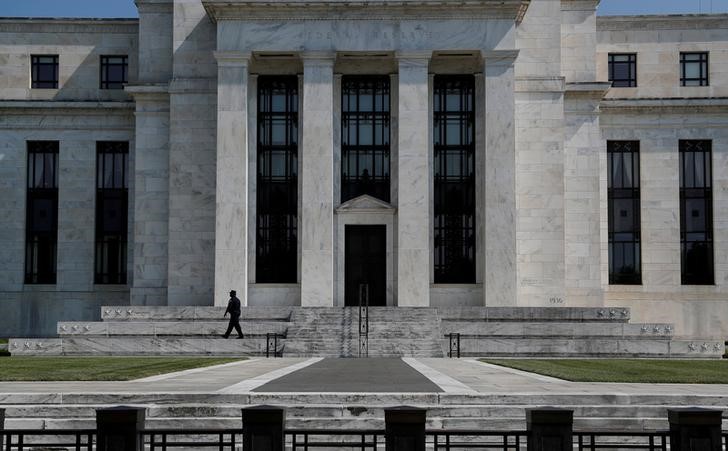Goldman Sachs: How to position for Fed rate cuts in emerging market equities
Investing.com -- Emerging market equities in countries that offer strong profit growth and are likely to start cutting interest rates soon could stand to benefit from an expected Federal Reserve easing cycle, according to analysts at Goldman Sachs.
In a note to clients, the analysts said that, in general, emerging market equities tend to perform well during a Fed rate-cutting cycle that does not coincide with a recession in the broader economy.
They added that "rate-sensitives, global cyclicals and long-duration pockets" have performed well in the three months after the Fed rolls out its initial borrowing cost reduction. A so-called bull steepening in the yield curve, when short-term yields are falling faster than their long-term counterparts, also "offer[s] the best returns," the analysts noted.
Meanwhile, they said they had "initiate[d] a Korea (KOSPI ) vs. Brazil (IBOV ) pair trade and recommend focusing on ‘late-cutters’, long duration stocks and interest rate beneficiaries that offer strong growth to position for an easing rate environment."
Traders are focused on the conclusion of the Fed's latest two-day meeting this week. With markets already pricing in the beginning of an easing cycle that will bring rates down from a 23-year high of 5.25% to 5.5%, much of the conversation has centered around the scope of September's decision.
According to the CME Group's (NASDAQ:CME ) closely-monitored FedWatch Tool, the odds of a 50-basis point cut this week -- rather than a more traditional 25-basis point drawdown -- currently stand at 65%.
The probabilities were even heading into last weekend, but bets for a jumbo cut were bolstered by media reports suggesting that such a reduction was still an option. Former New York Fed President Bill Dudley has also argued that a bumper cut was needed because short-term interest rates are "far above" a neutral level that neither helps nor hinders economic activity.
Indications of waning activity could spur the Fed act more aggressively to help prop up the economy. Officials are currently weighing lingering stickiness in recent consumer price growth data, as well as figures pointing to a loosening in the American labor market.
Fed Chair Jerome Powell said in August that the "time has come" to adjust monetary policy due to potential "downside risks" facing the jobs picture.
Source: Investing.com
